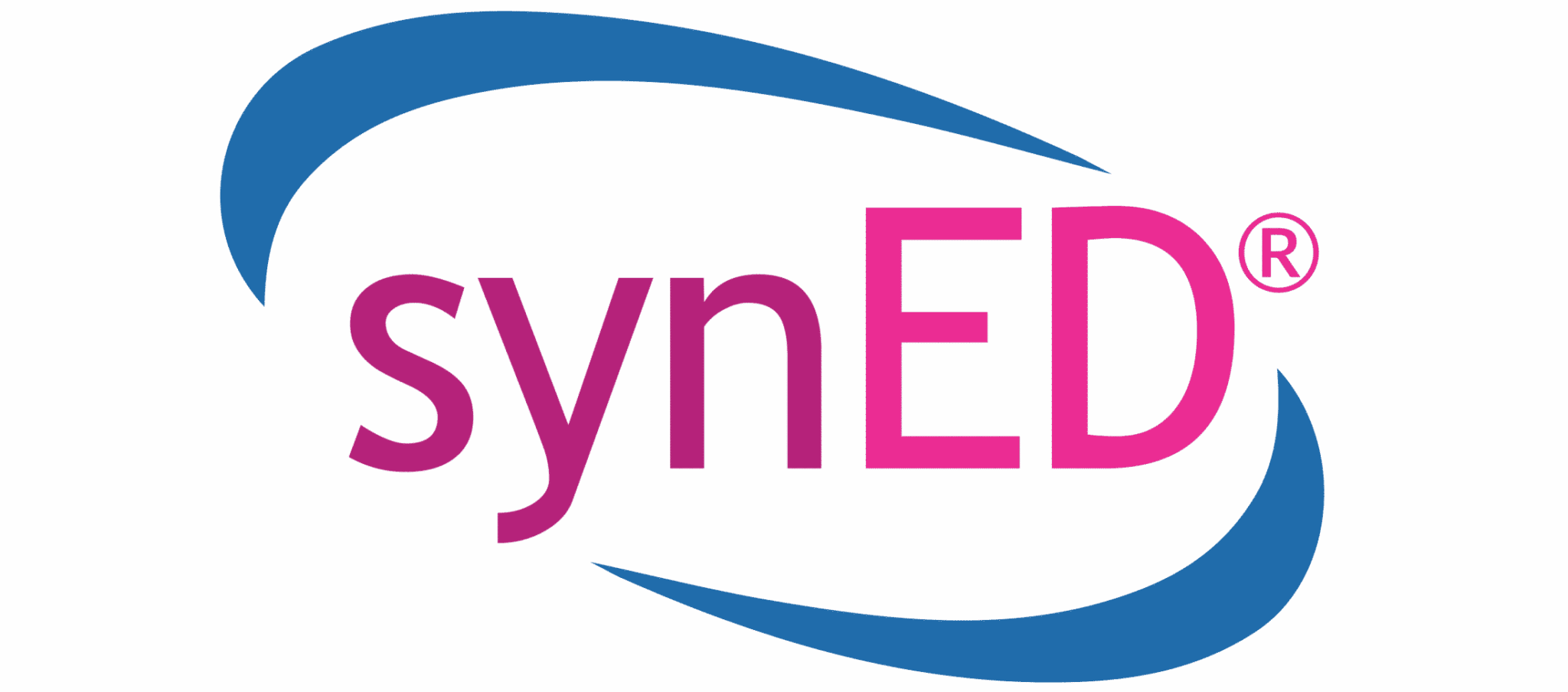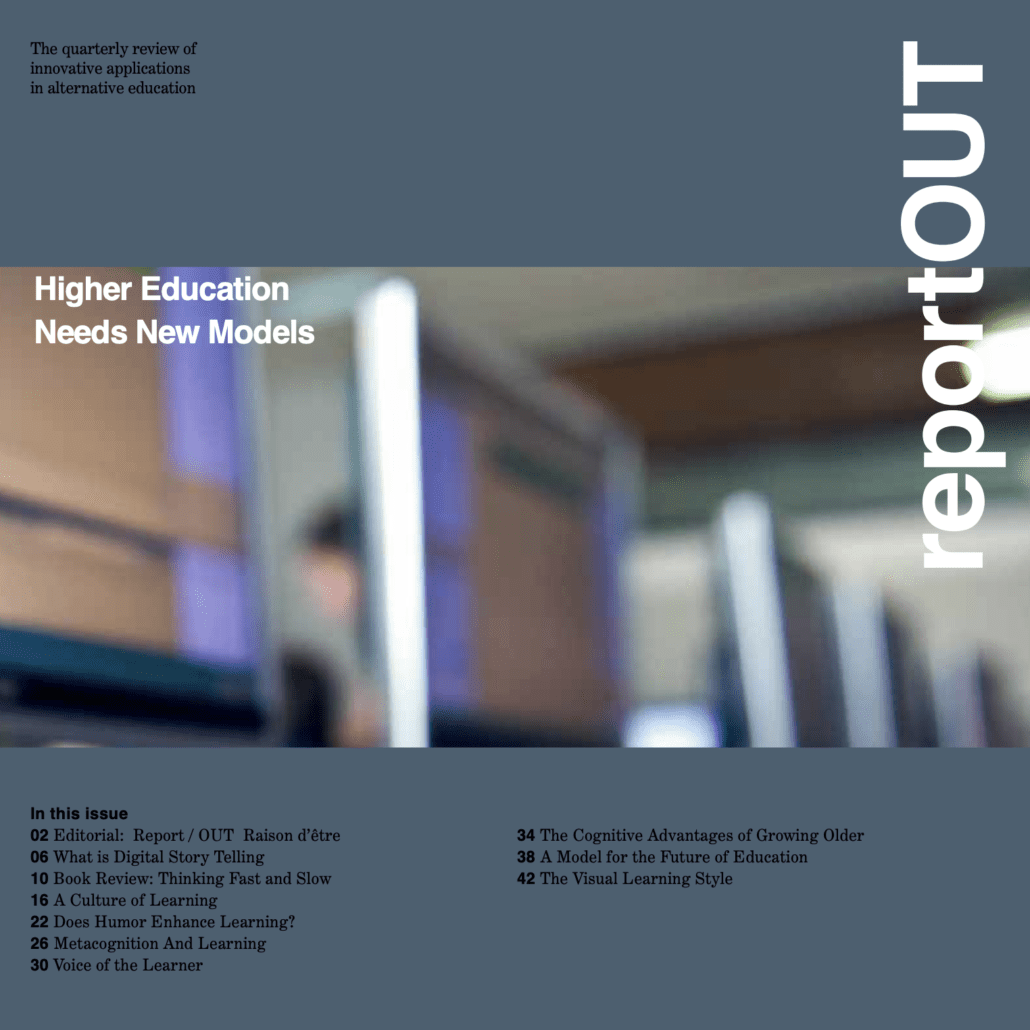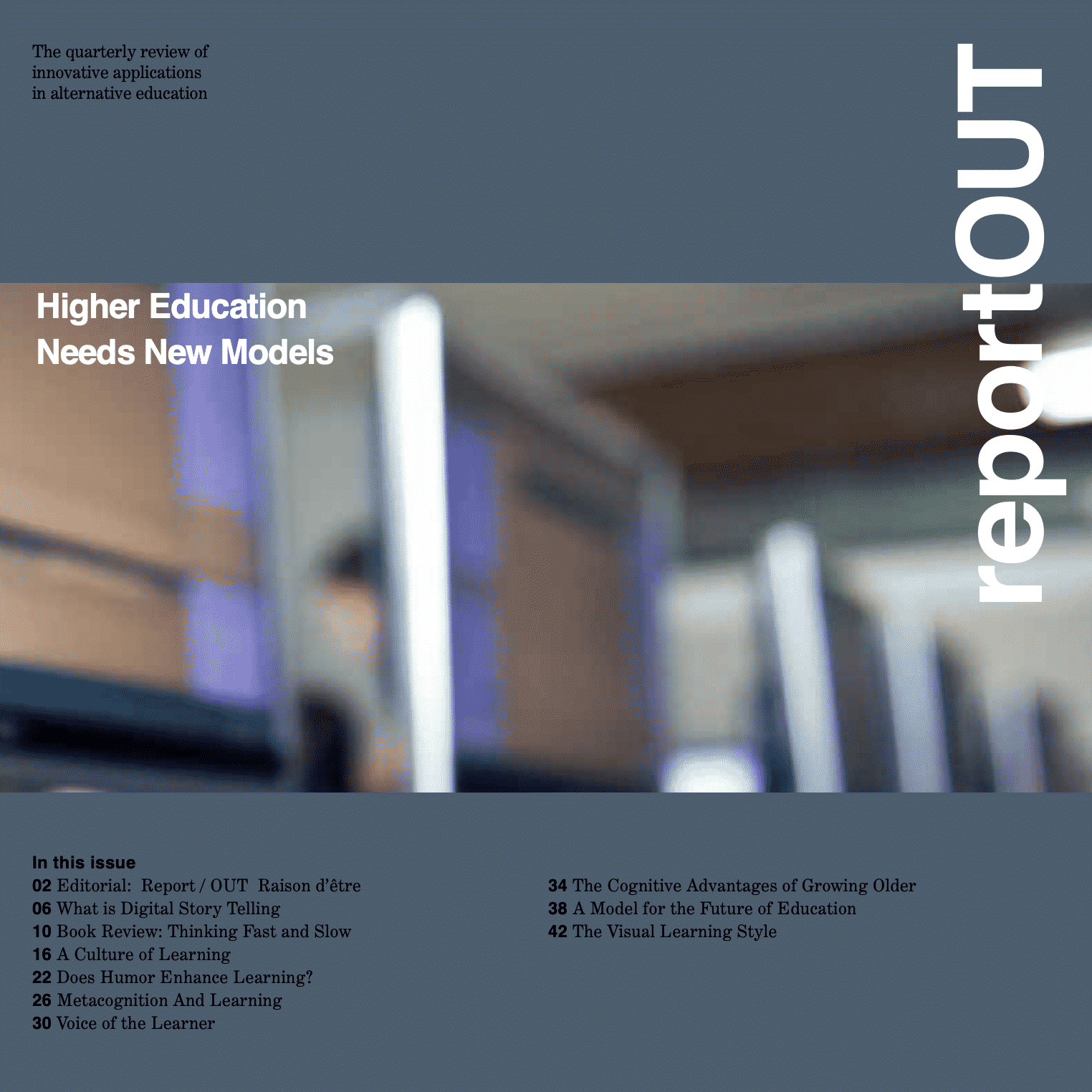- Version
- Download 21
- File Size 621.64 KB
- File Count 3
- Create Date July 23, 2020
- Last Updated August 10, 2020
ReportOUT Volume #3
At its most basic core, digital storytelling is the practice of using computer-based tools to tell stories. This practice includes digital documentaries, computer-based narratives, digital essays, electronic memoirs, interactive storytelling, etc. In general, they all revolve around the idea of combining the art of telling stories with a variety of multimedia, including graphics, audio, video, and Web publishing.
As with traditional storytelling, most digital stories focus on a specific topic and include a particular point of view. However, as the name implies, digital stories usually contain some mixture of computer-based images, text, recorded audio narration, video clips, and/or music. Digital stories can vary in length, but most of the stories used in education typically last between two and ten minutes. The topics range from personal tales, to the recounting of historical events, from exploring life in one’s own community, to the search for life in other corners of the universe, and everything in between.
Despite its emphasis on computer technology, digital storytelling is not a new practice. One of the field’s most noted pioneers is Joe Lambert, the co-founder of the Center for Digital Storytelling (CDS), a nonprofit, community arts organization in Berkeley, California. The CDS has been assisting young people and adults in the creation and sharing of personal narratives, through the combination of thoughtful writing and digital media tools, since the early 1990s.
Attached Files
| File | Action |
|---|---|
| reportOUT Volume #3 - Kindle | Download |
| reportOUT Volume #3 - Apple Books | Download |
| ReportOUT Volume #3 - PDF | Download |


